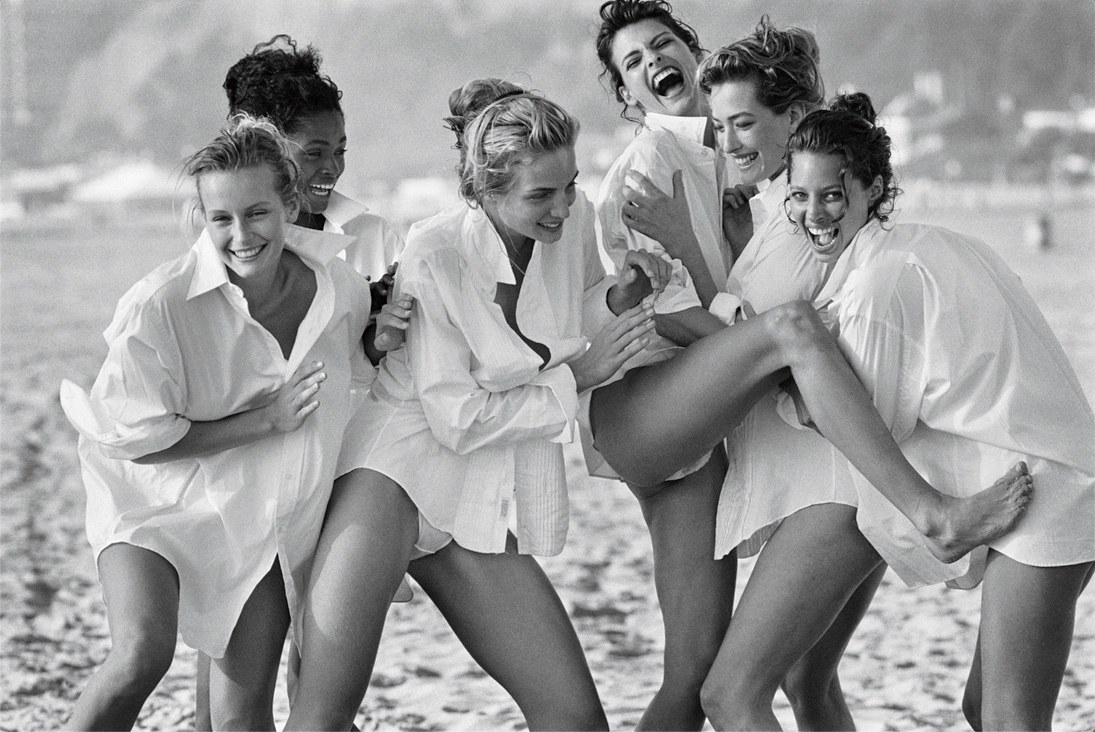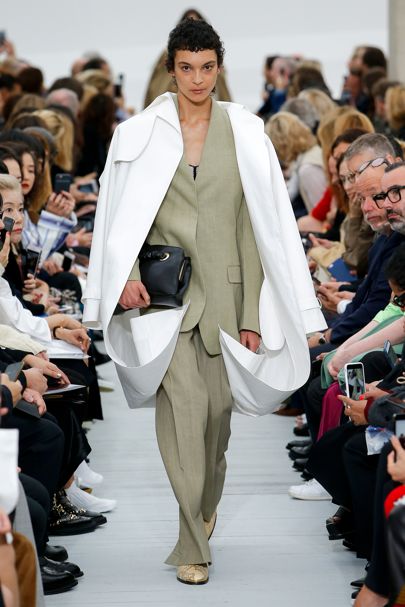(Fashion) as Therapy: A Balancing Act

What The Times has called, “one of the most intellectually exciting books I have read this year” and Gwyneth Paltrow as “ a gem of a book”, Art as Therapy (2013) by Alain de Botton and John Armstrong enlighten the reader with a fresh understanding to appreciating great art. As art has the capability to “manage the tensions and confusions of modern life,” the authors argue that instead of viewing art as mere investments or fleeting bursts of creativity, art adds to our wellbeing. Art is a necessary tool performing seven value-adding functions: Remembering, hope, sorrow, rebalancing, self-understanding, growth, and appreciation.
The function of fashion, however, as suggested by Allen J. Scott (2000), is to act as personal ornaments, modes of social display, forms of entertainment and distraction, or sources of information and self-awareness, i.e. as artifacts whose symbolic value to the consumer is high relative to their practical purposes. However, I believe this definition fails to do the field of fashion any justice, as, like art, fashion (should) address(es) the intrinsic internal search for wellbeing.

Whilst reading about the current state of the art world, I couldn’t help but draw connections to today’s fast-paced fashion industry and its message (often) advocating material, disposable excess and building constant desire for the new. Of course while the debate of “is fashion art?” continues with bows drawn on both sides, there is indeed a direct parallel with the practice of buying art and buying high-end fashion through the use of respective personal art dealers and personal shoppers.
“The task of the private gallery is a serious one: to connect purchasers with the art they need. The chief still required for running a gallery should, therefore, be not salesmanship, but the ability to diagnose what is missing from the inner life of the client.” (de Botton and Armstrong, 2013; p.75)
By translating the context from art to fashion, it should be the responsibility for personal shoppers to connect clients with fashion that satisfies a personal psyche need. By detecting what it is a client is missing in their inner life, the shopper has the potential to act as a therapist, linking clients with designers who would satisfy that need and provide an act of rebalancing. Shoppers should realise what parts of the psyche are vulnerable to deliver a “product” including an enhanced quality of life. For example, if one client is an incredibly busy global manager, working from 12 hour days, rushing from meeting to meeting, continent to continent, without a moment of peace - a Gucci maximalist arts and crafts print with excess sequin may prove to be particularly upsetting for her, despite it being “on trend”. Instead, the calming silhouettes and palette offered at The Row or Celine may be more applicable. And vice versa.

Fashion wellbeing should not be an extra service but should be advocated at all levels of the industry. This would place style over fashion and prioritise long-term design over short-term “click bait” trends. We should shift from a culture of buying based on FOMO and the fear of being on the “outside” to satisfying our internal needs. I agree that like art, fashion should act more as a remedy. What a wonderful thing it would be if our wardrobes would evolve with us throughout our lives, reflecting not only the design zeitgeist but also our own life stories and emotional experiences. Clothes have the power to not only act as a representation of ourselves but also a healing mechanism - an arena holding true potential yet not fully explored.

